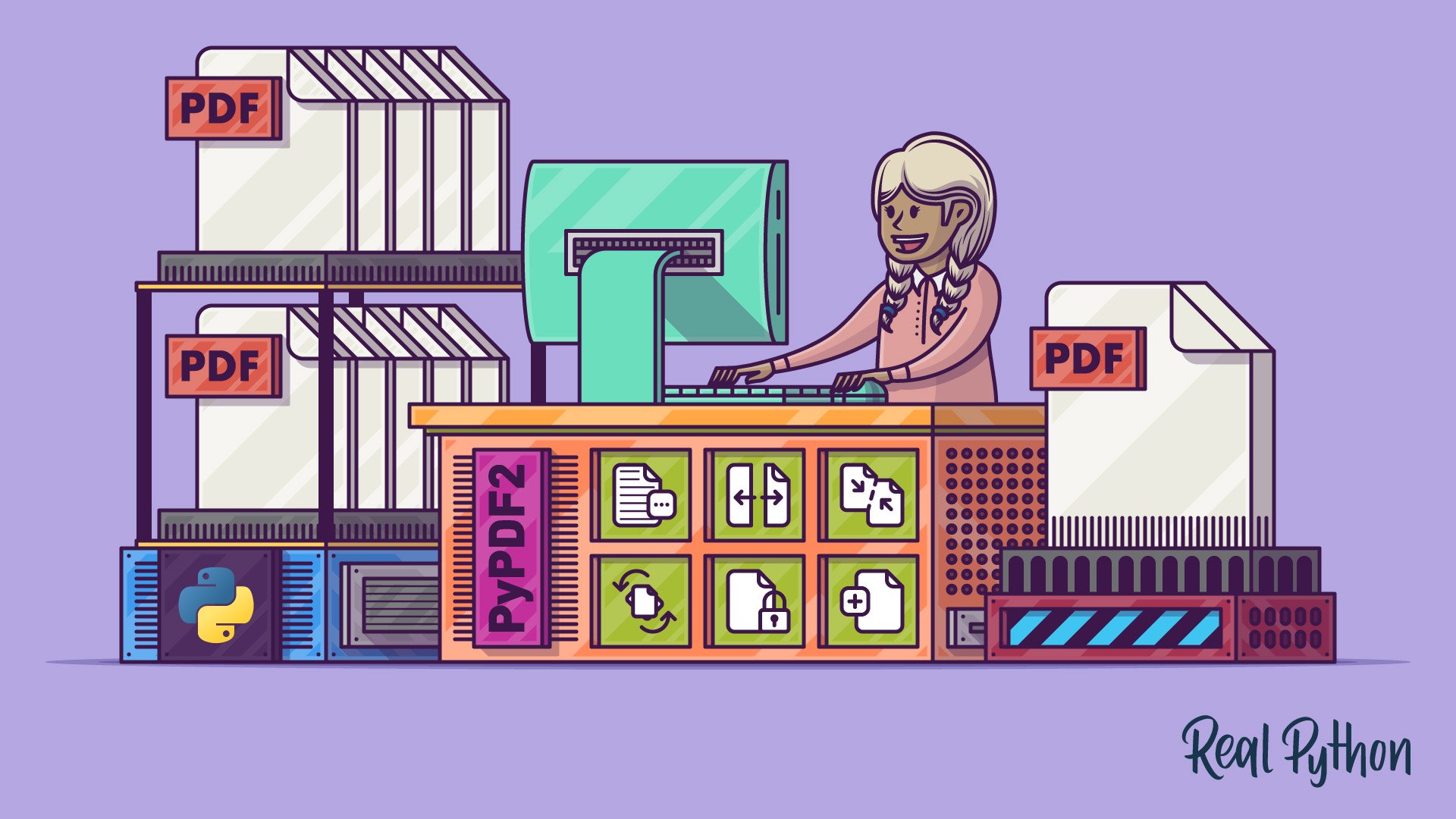

It could use some work to return text in a more orderly fashion that more closely appears like the text you see in a PDF viewer. In my case, since PDFMiner was consolidating too much text together in the text box, I walked through the _objs attribute of each text box and looked though all of the LTTextLineHorizontal instances to see if they overlapped any of the annotation positions. The extractText method is probably a little crude, and definitely doesn't function well for PDFs with complicated text. Which I used to search the annotationList I previously found on the page to see if any hyperlink occupies the same region as a LTTextBoxHorizontal that I was inspecting on the page. Then I defined a function like: def getOverlappingLink(annotationList, element):įor (x0, y0, x1, y1), url in annotationList: # Skip over any annotations that are not links It is really simple to extract text from a PDF file in Python.
PYPDF2 EXTRACT TEXT EMPTY CODE
Here is the code I used to get links on a PDFPage annotationList = We will be starting off with importing the PyPDF2 library and reading the PDF file for extraction.

i'm working on a script that will extract data from a large PDF File (40-60 plus, pages long) that isn't in English but the file contains Greek characters and all seems good until i run the extractText () function of PyPDF2 to get the givens page contents, then it returns an empty string. The complication is (like with so much about PDFs), there is really no relationship between the link annotations and the text of the link, except that they are both located at the same region of the page. PyPDF2 can't read non-English characters, returns empty string on extractText () gemgr Published at Dev. It is possible to get the hyperlinks using PDFMiner. The output page.extracttext() is as follows: Then I tried it with tabula, and the results are as follows: The list is all, but what about the header Pdfplus also provides a graphics Debug function, which can get the screenshots of PDF pages, and use boxes to identify text or tables to help judge the recognition of PDF, and adjust the. objopen('op.pdf','rb') pdfRPyPDF2.PdfFileReader (obj) cntpdfR.numPages. Now is the important step wherein we use the PyPDF2 module and write scripts to perform the conversion.

PYPDF2 EXTRACT TEXT EMPTY HOW TO
As a side note, it helps a lot to learn how to use the Python debugger (pdb) so you can inspect these objects on-the-fly. The PyPDF2 package is a pure-Python PDF library that you can use for splitting, merging, cropping and transforming pages in your PDFs. The PyPDF2 module is offered by Python that consists of in-built functions to convert PDF files into text format. This is an old question, but it seems a lot of people look at it (including me while trying to answer this question), so I am sharing the answer I came up with.


 0 kommentar(er)
0 kommentar(er)
